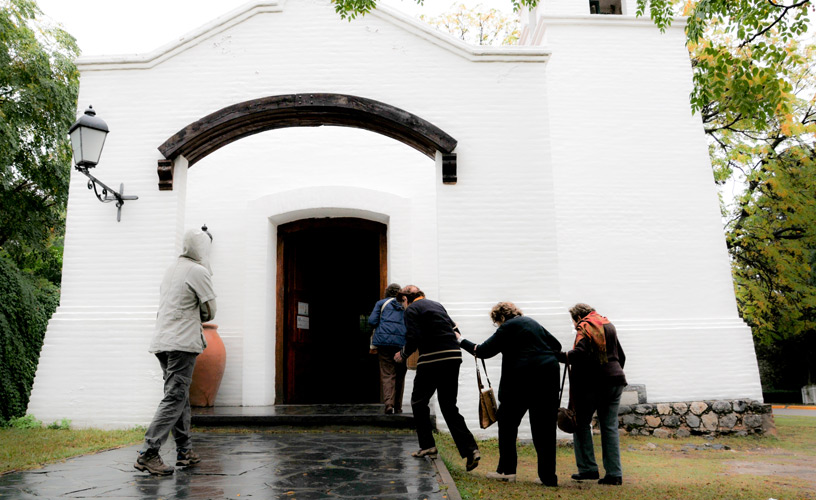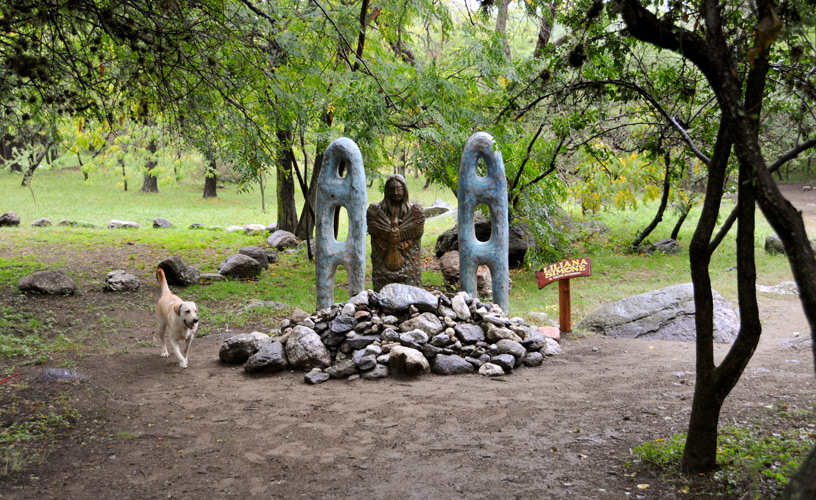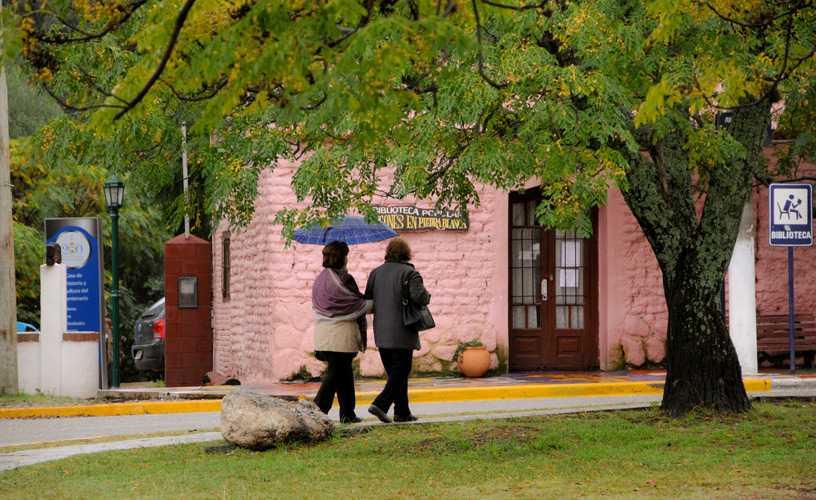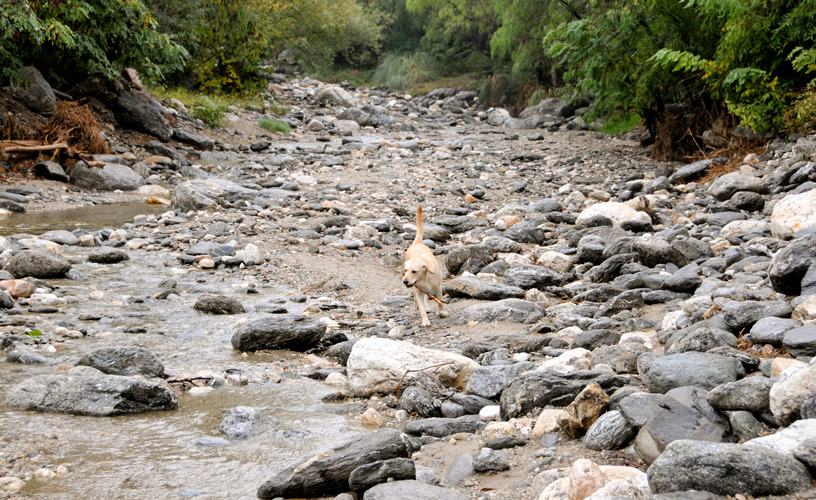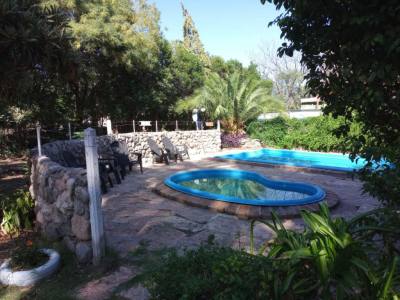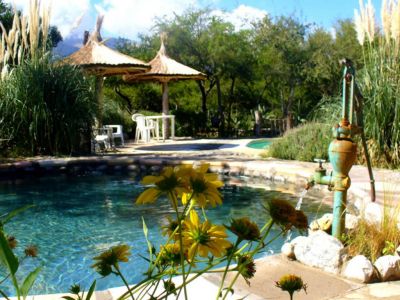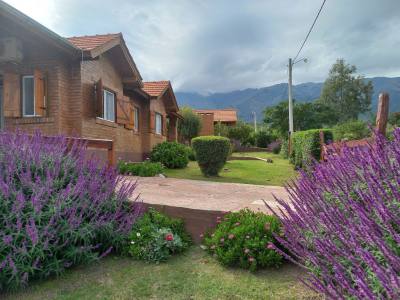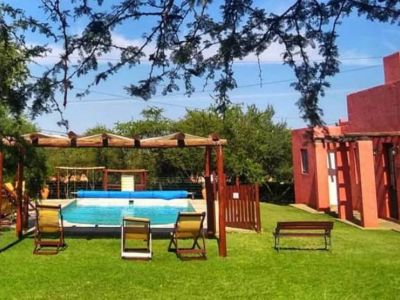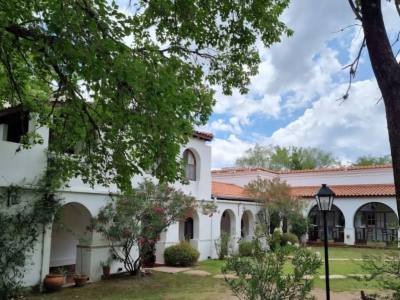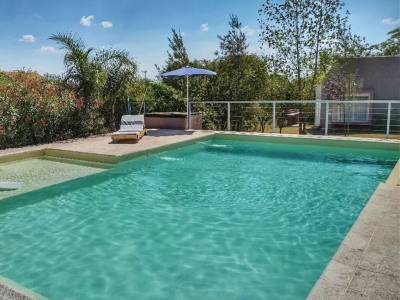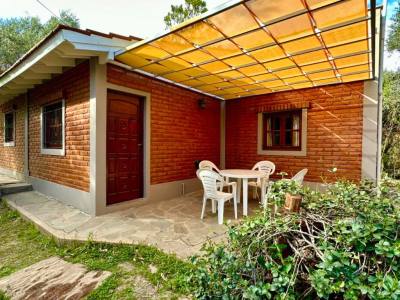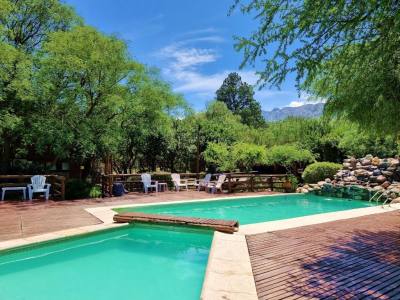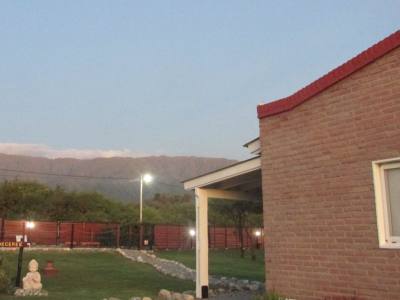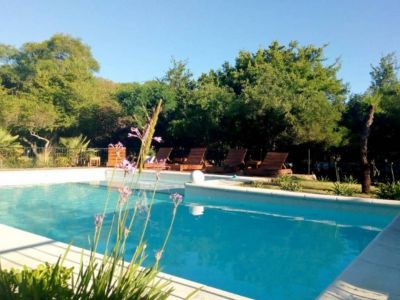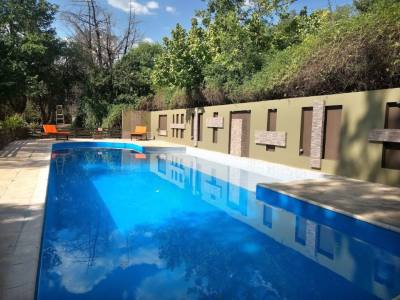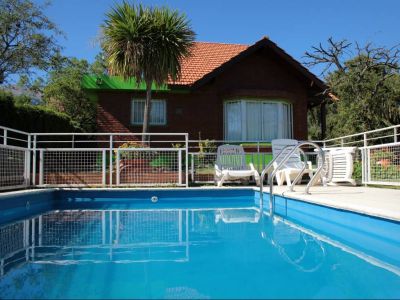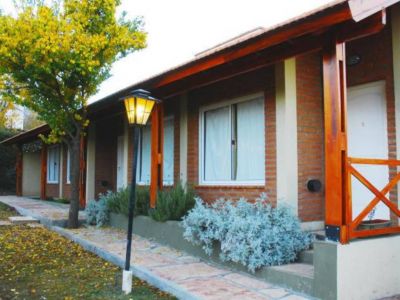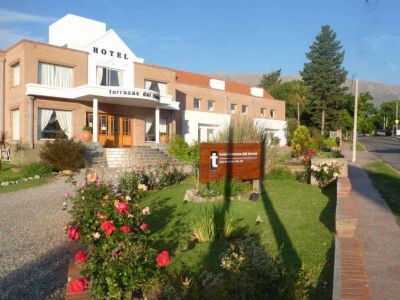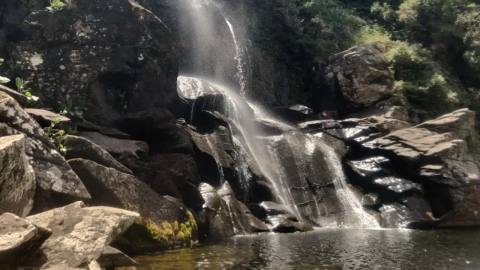Known as a site to rest, Piedra Blanca Arriba (White Rock Upstream) is a famous nook quite isolated from civilization. It is an ideal place to live or spend vacations. As we arrived, we made a stop at its classic square, called Leopoldo Lugones, which has a water fountain, high pine-trees and is surrounded by representative buildings. In the vicinity, we visited the old colonial chapel named Our Lady of Fatima. With white walls, it features a very simple style, both outside and in its interior nave. A particular arcade stands out in front of the main wooden gate. Inside, both the pews and the altar are made of non-worked wood and in the background, a stained glass window lets in the light through the figure of Jesus in the cross. On one corner of the square, there lies the old public library called Santos Agüero, which shows its lifetime inside its adobe walls. Some traditional children games like hopscotch, tic-tac-toe and payana have been painted in full color on the entrance floor.
Piedra Blanca Arriba
We walked towardsEl Viejo Molino ecological reserve. Its name stands for 'the old mill' in Spanish, as an old hydraulic flour mill used to work at this venue. Wheat and corn used to be ground there in order to supply the population with food.
Immersed in the shade and surrounded by irrigation ditches, old carob trees and espinillos, we toured around the venue until we reached Piedra Blanca Creek. The volume of the creek depends on the rainfall regime in the high summits and its bed shows the rocks dragged by the floods. To both sides, huge white quartz and mica rocks co-exist with pepper trees that provide shade and protection.
As we returned to the wood, we walked on the dry carob tree fruit. They had formed a soft thick mattress that feeds the ground. We also discovered a life-size sculpture that represents the native woman handing her offering to Pachamama, a burial mound forming an altar that is known as apacheta.
Farther ahead, a huge natural rock has been placed as a comechingón ceremonial altar next to a circle made with stones. It seems that the community members used to gather at this spot in order to make decisions and develop sacred mythical rites. Therefore, it is considered as a highly-valuable archeological site.
Mónica Pons
Eduardo Epifanio
